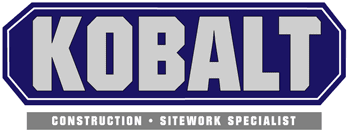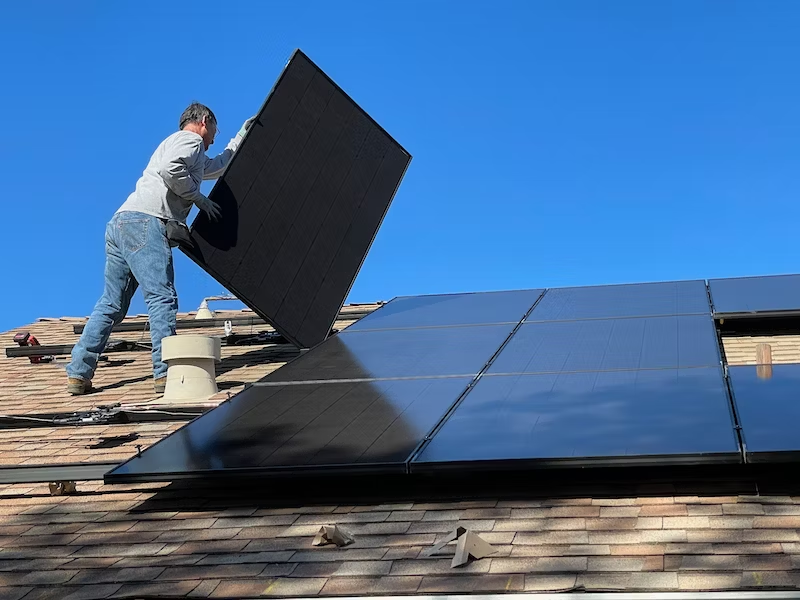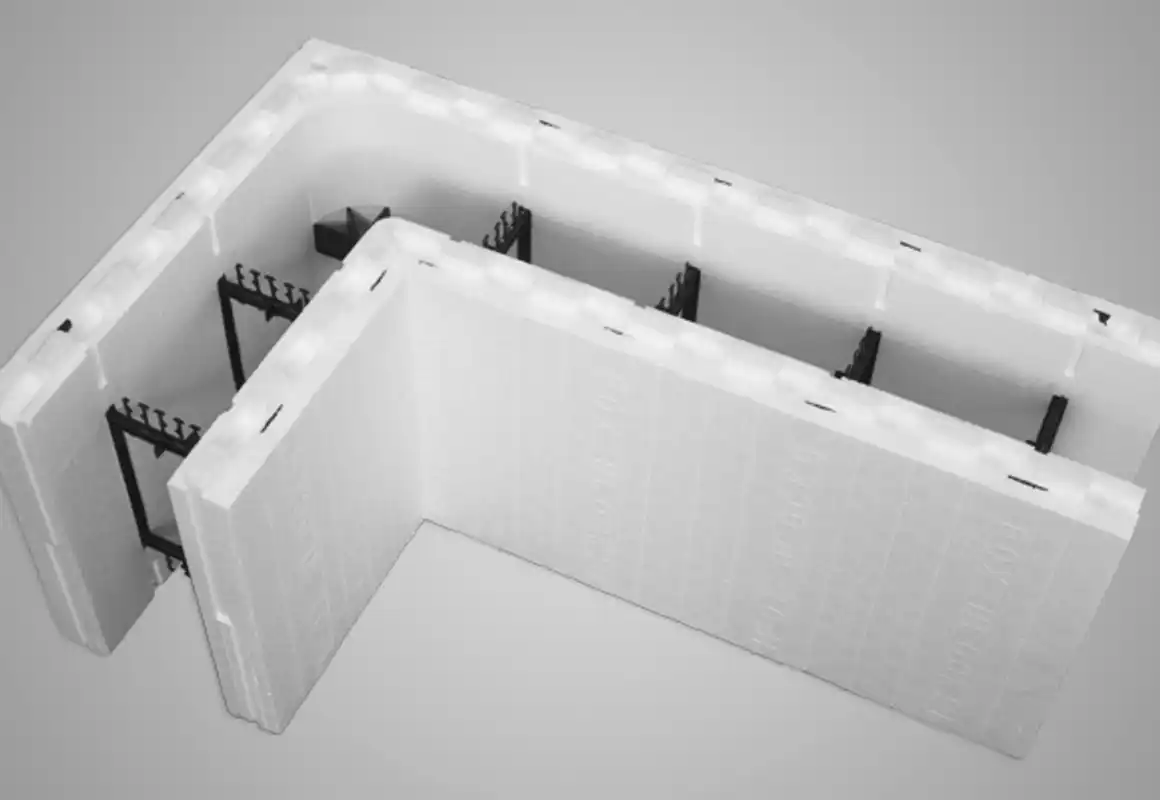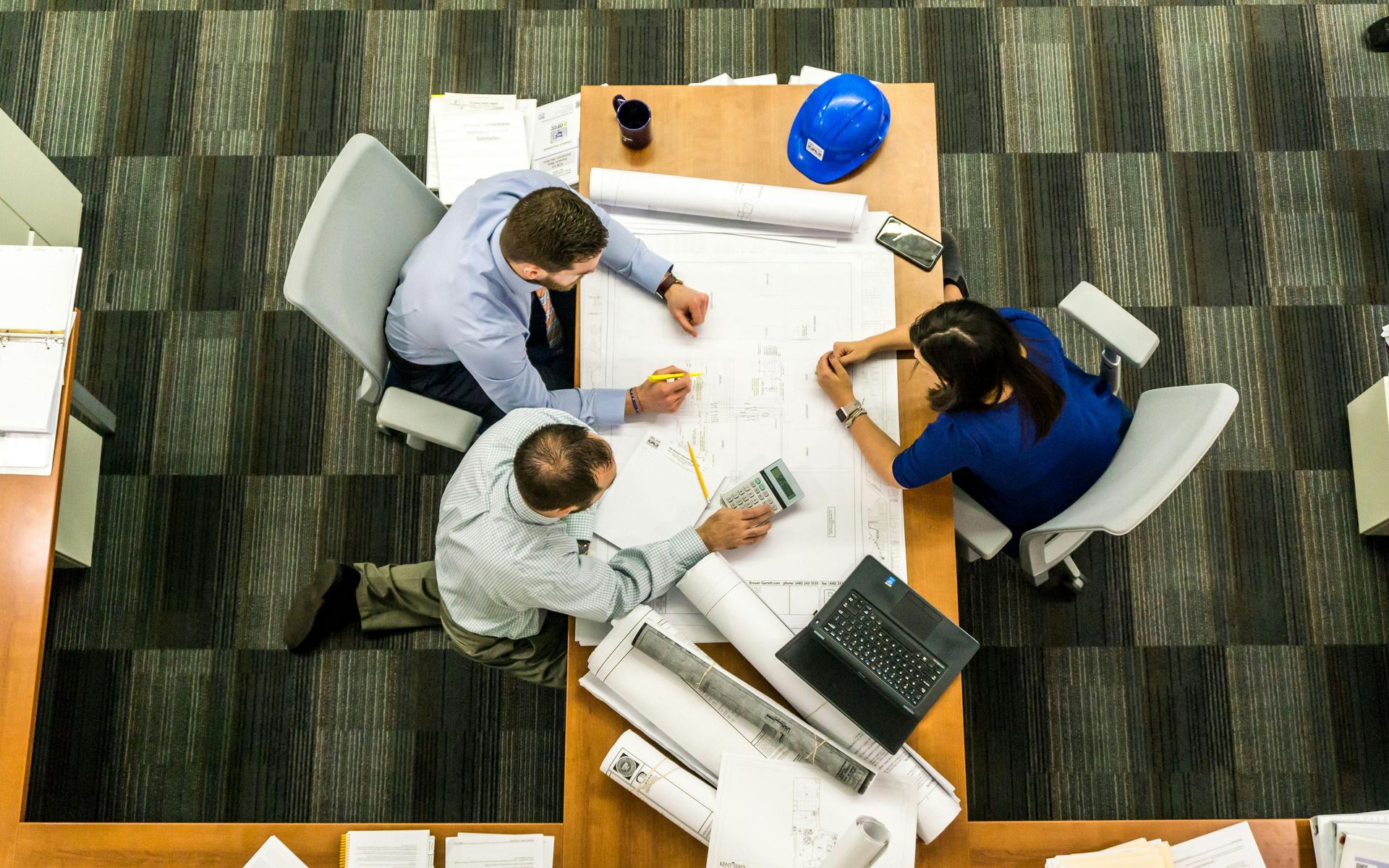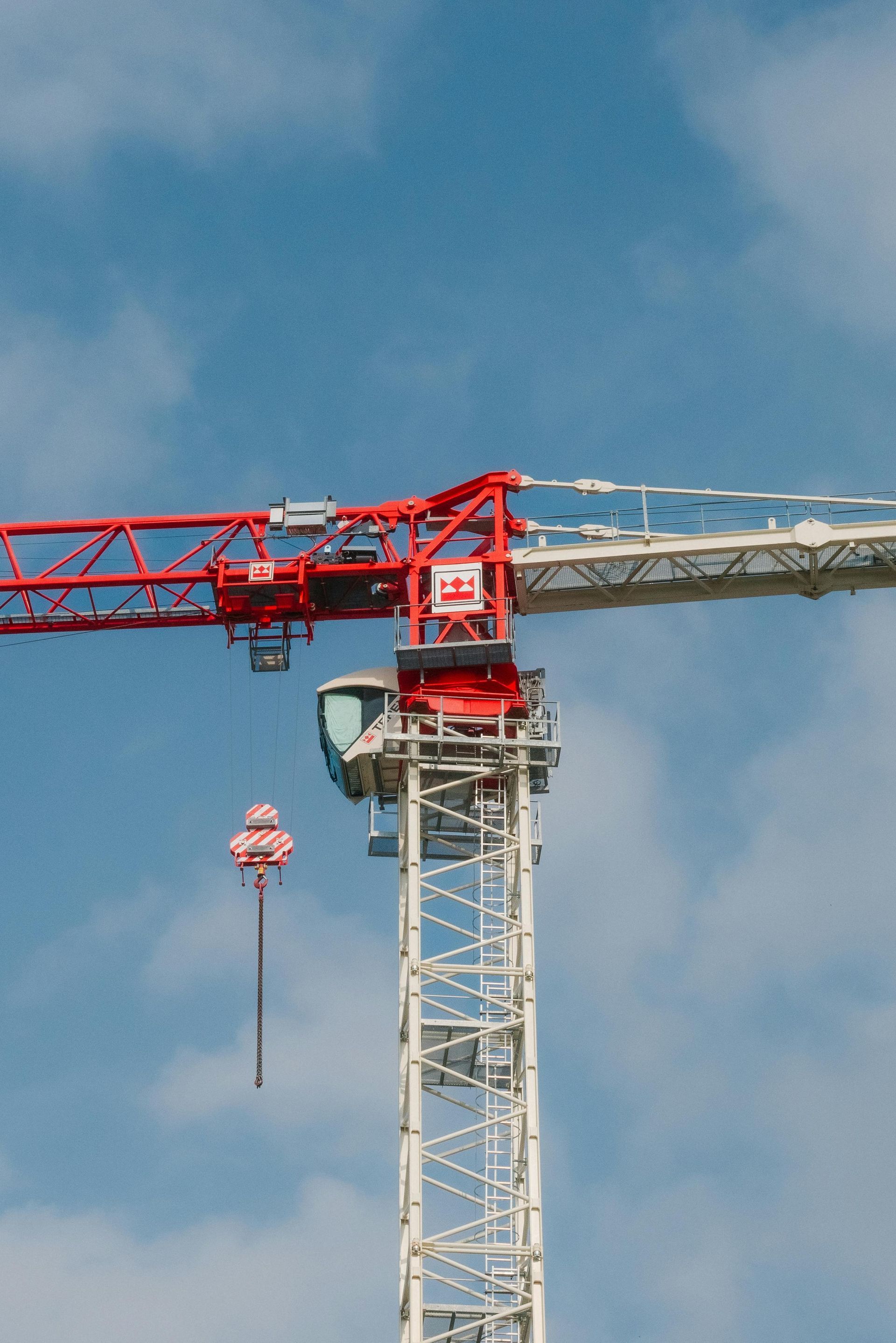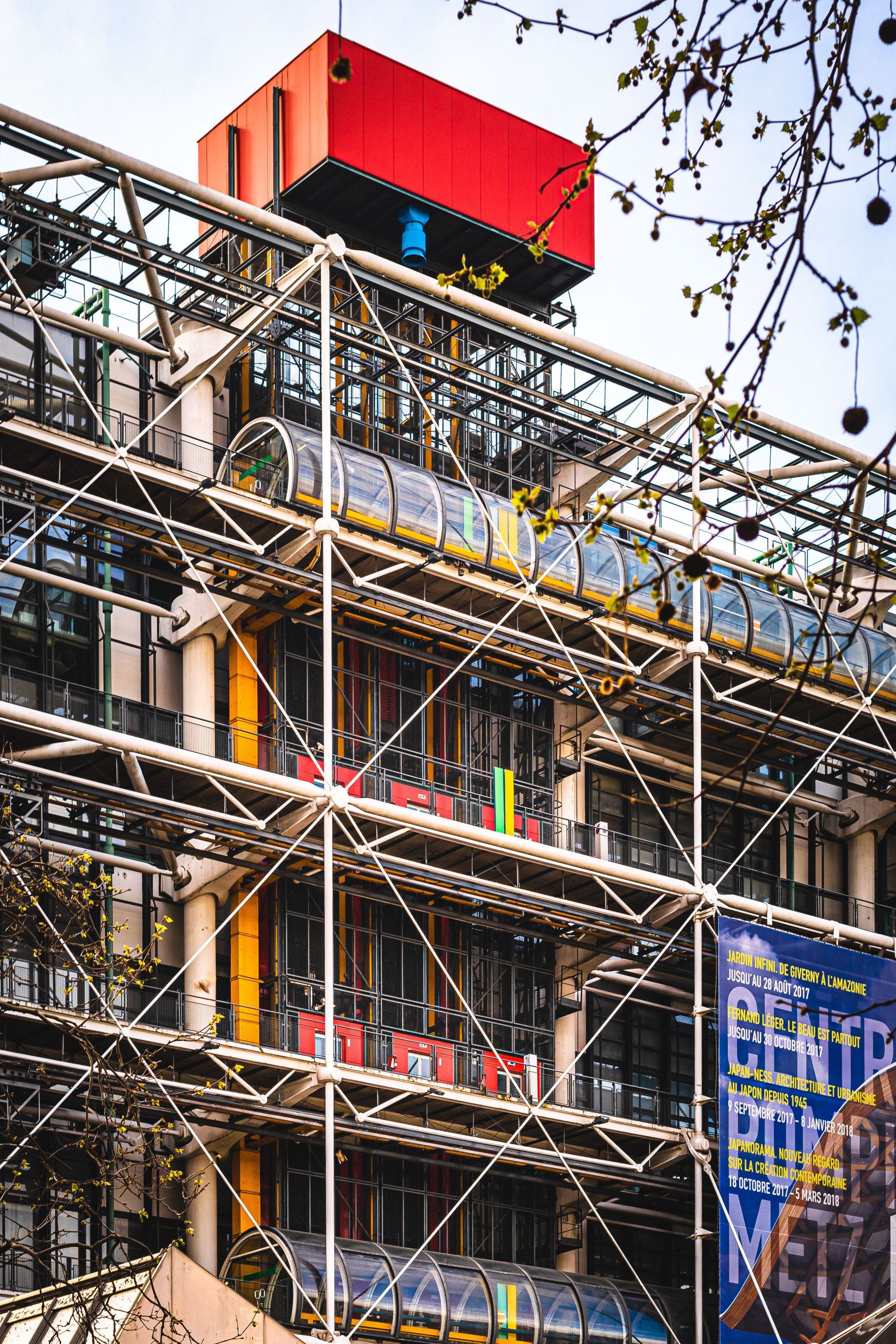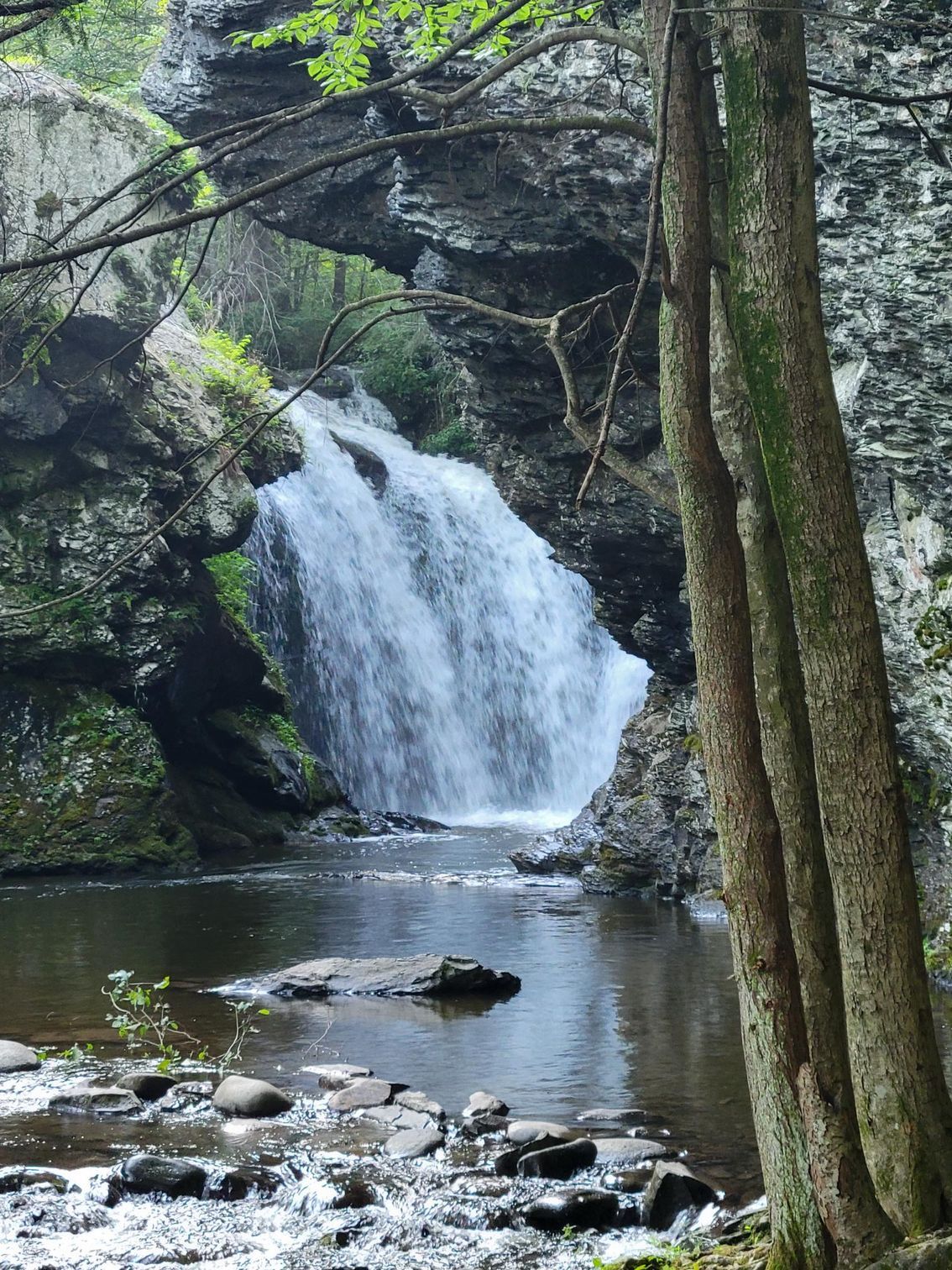Top Commercial Construction Trends to Watch in 2025
The
construction industry is evolving rapidly, and keeping an eye on future trends is crucial for staying competitive. As we look ahead to 2025, several key trends are emerging that will shape the commercial construction landscape. From sustainable practices to technological advancements, these trends are set to revolutionize how projects are planned, executed, and maintained.
Photo By: Fox Blocks
Sustainable Construction Takes Center Stage
Sustainability is no longer just a buzzword; it's a fundamental aspect of modern construction. With increasing awareness of climate change and environmental impact, sustainable construction methods are becoming essential. In 2025, expect to see green construction methods integrated into nearly every project. This includes using eco-friendly materials, energy-efficient designs, and renewable energy sources like solar panels.
Green Building Materials
As sustainability becomes more important, the demand for green building materials is rising. These materials are designed to reduce environmental impact and improve energy efficiency. Recycled steel, bamboo, and reclaimed wood are just a few examples of materials that will be in high demand. These options not only lessen the carbon footprint but also offer durability and aesthetic appeal.
Energy Efficiency and Smart Buildings
In the future, buildings will be smarter and more energy-efficient. The integration of smart technologies allows for better control over energy usage, leading to significant cost savings. Automated systems for lighting, heating, and cooling will become standard, and the use of sensors will optimize energy consumption based on occupancy and usage patterns.
Technological Advancements in Construction
Technology is reshaping the construction industry, making processes more efficient and less labor-intensive. In 2025, several technological trends are expected to dominate the commercial construction sector.
Building Information Modeling (BIM)
Building Information Modeling (BIM) is a digital representation of the physical and functional characteristics of a facility. It's becoming a standard practice in the construction industry due to its ability to improve collaboration and reduce errors. BIM allows for detailed material estimating, which helps in budgeting and reduces waste.
Drones and Robotics
The use of drones and robotics in construction is on the rise. Drones can perform site surveys quickly and accurately, providing valuable data for material estimating and project planning. Robotics, on the other hand, can handle repetitive tasks like bricklaying and concrete pouring, increasing efficiency and safety on-site.
3D Printing in Construction
3D printing is set to revolutionize how structures are built. This technology allows for the creation of complex designs that were previously impossible with traditional methods. In 2025, expect to see more 3D-printed components, which can be produced faster and with less waste, further driving sustainable construction practices.
The Shift Towards Modular Construction
Modular construction involves building sections of a structure off-site and then assembling them on-site. This trend is gaining traction due to its efficiency and cost-effectiveness. In 2025, modular construction will be a key player in the commercial sector, offering faster project completion times and reduced labor costs.
Benefits of Modular Construction
Modular construction provides numerous benefits, such as reduced construction timelines and improved quality control. Since modules are built in a controlled environment, there's less risk of weather-related delays and construction defects. This method also supports sustainable construction by minimizing waste and allowing for the reuse of modules.
Emphasis on Safety and Health Standards
With the ongoing focus on health and safety, construction sites are implementing stricter standards to protect workers and the public. In 2025, expect to see even more advanced safety measures, including wearable technology that monitors vital signs and detects hazards.
Wearable Technology for Safety
Wearables like smart helmets and vests can track a worker's location and monitor their health. These devices can alert supervisors to potential issues, such as overheating or fatigue, allowing for timely intervention. This technology not only enhances safety but also boosts productivity by ensuring workers are fit and able to perform their tasks.
Advanced Safety Training
As construction sites become more complex, advanced safety training will be essential. Virtual reality (VR) and augmented reality (AR) are being used to create realistic training scenarios, allowing workers to practice handling dangerous situations in a safe environment. This approach improves retention and prepares workers for real-world challenges.
Photo By: Fox Blocks
Adapting to Construction Market Trends
The commercial construction industry is influenced by various market trends, including economic shifts and consumer preferences. Staying informed about these trends is crucial for adapting and thriving in a competitive market.
Urbanization and Infrastructure Development
Urbanization continues to drive demand for new infrastructure and commercial spaces. In 2025, cities will focus on developing smart infrastructure that supports sustainability and connectivity. This includes the construction of green buildings, efficient public transportation systems, and smart grids.
Investment in Renewable Energy
As the world moves towards renewable energy, construction projects will increasingly incorporate these sources into their designs. Solar panels, wind turbines, and geothermal systems will become common features in commercial buildings, providing sustainable energy solutions and reducing reliance on traditional power sources.
Conclusion
At Kobalt Construction, we recognize that the commercial construction industry is on the brink of transformative changes by 2025. With a strong focus on sustainable practices, cutting-edge technology, safety enhancements, and responsiveness to emerging market trends, we are committed to leading the charge towards a more innovative and efficient future in construction.
By adopting these vital trends, businesses in the construction sector can significantly enhance project outcomes while contributing to the health of our planet. As we forge ahead, it is imperative that we prioritize sustainability and technological innovation in all our endeavors.
If you’re looking to stay ahead in the construction market and want to learn more about how Kobalt Construction can help you implement these strategies in your upcoming projects, contact us today.
Contact us today and let’s together to build a greener, smarter, and more resilient future for the commercial construction industry.
